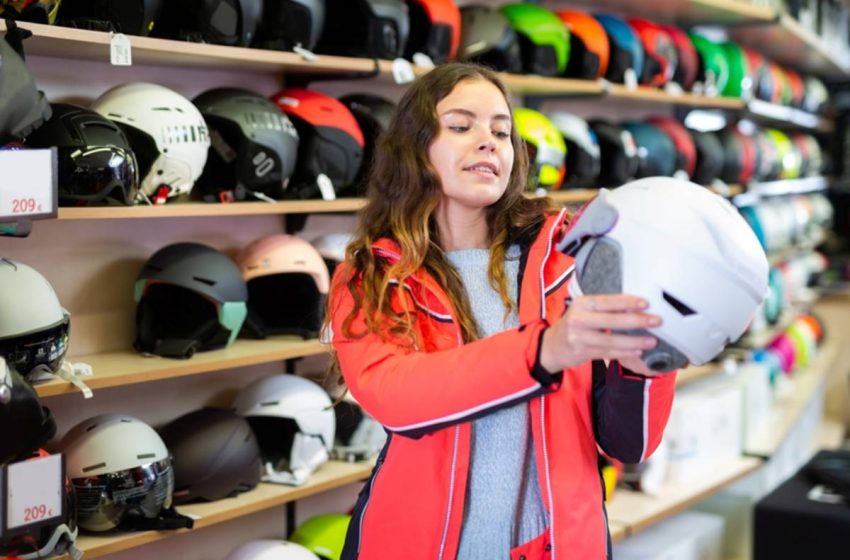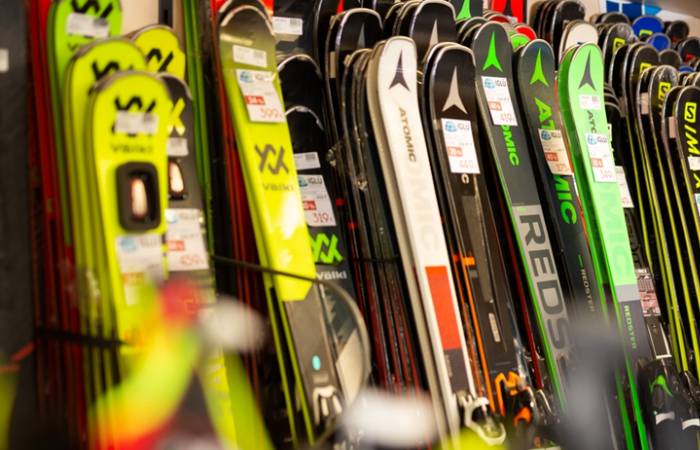
10 Signs It’s Time to Upgrade Your Ski and Snowboard Equipment
Age comes for us all. Your winter sports equipment may only get used a few months out of the year, but it will deteriorate over the years — even in storage. Your helmet, winter clothing, skis or snowboard need a once-over before every trip and ride. Here are 10 signs that it’s time to upgrade your slope ensemble.
You Have Difficulty Turning
Skis and snowboards with rough edges and chipped crevices create resistance to the snow, making it harder to turn. Instead of cutting through powder like a hot knife through butter, it will compact the snow. Try sanding down the edges and base to smooth over any imperfections. Sharpen the edges to a point to penetrate deep snow packs. Grinding and sharpening the skis or snowboard will steadily wear down the board. Replace the skis after four to six tries.
Use wireless ski helmet communication to alert your companions to the situation so you don’t get left behind. They can help you find a safe place to pull over if you have trouble maneuvering. Just speak to the receiver to drop a line without taking your hands off the poles or adjusting position.
You’re Moving Slower Than Usual
The same resistance mentioned above will also decrease your speed, limiting your momentum and altitude on jumps. Use wireless communication systems that reconnect automatically in range to rejoin the conversation when you catch up with the group. You can link up to 15 headsets together unit-to-unit to coordinate with anyone in range, regardless of formation.
It’s More Than Five Years Old
Consider replacing nearly every item on your packing list every five years. Skis and snowboards lose their grip and precision after 100 days of riding. Some items might last beyond five years with proper maintenance, but replace your helmet after five to six years — even if it appears undamaged — to shield your head from accidents.

It Was Involved in an Accident
Get rid of equipment that was involved in a collision. Hard objects can bend poles, skis and boards out of position and damage the protective barrier of your helmet.
It Doesn’t Fit or Won’t Adjust
Try on your helmet, winter gear and bindings to see if they still fit. The straps and clips that let you adjust the fit can fray or become blocked. The board or skis should stay firmly attached when lifting or wiggling your feet. Stretch your body to test your range of movement while wearing your entire ensemble. Bend over with your helmet on to see if it moves or if the strap gradually loosens.
It Appears Discolored or Rusted
Rust and fades on your board, skis and poles can be signs of structural weakness. Waxing them protects them from moisture, preventing oxidation. Prolonged exposure to sunlight can also cause decay. Store your gear in a dry location indoors whenever possible.

Chips or Cracks in the Sidewall
Run your hand over the edges to feel for imperfections that cause friction. Look for breaks in the design or paint where the surface has been damaged.
The Board Is Warped or Misaligned
Extreme temperature changes and excess moisture can alter the shape and curve of your instruments, changing how they ride. Compare the skis side-by-side to see if they are parallel. Measure the width and thickness of your skis and board at various points and compare them to the manufacturer’s original specifications. Use a straight edge or flat bar to see if the bases are smooth.
You’re Using Outdated Technology
Manufacturers release updated ski and snowboard technology every five years, with features and improved designs that can make or break your next competition. You don’t have to keep up with the trends unless you’re going for gold and don’t want your equipment to cost you the prize.
You’re Plateauing on the Slopes
Regular practice and proper training should steadily improve your performance on the slopes or half-pipe. If you aren’t moving as fast as you’d hoped or fail to improve your time, your equipment could be holding you back. Rent or borrow a board/skis from a friend to see if your performance improves. A lack of faith in your gear can also prevent you from leaning into the moment.
Knowing When to Refresh Your Ski and Snowboard Gear
Whether you’re a casual skier or an aspiring professional, knowing the warning signs of decay will help you stay in control on the slopes. Even the best-maintained gear won’t last more than a handful of seasons or over three months of daily use. Mistakes on the trail and rough trail conditions will further limit its lifespan. Use caution in the wilderness, coordinate with your companions and avoid unnecessary risks to keep your gear in great shape before it expires.

